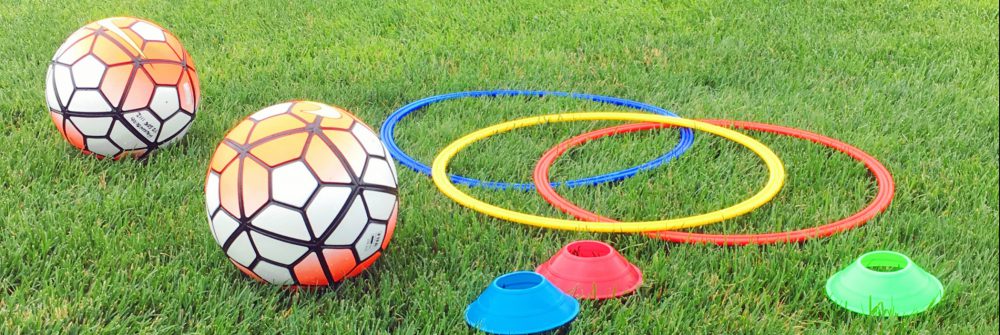Getting recruited for college athletics is a competitive and challenging process that requires careful planning, hard work, and persistence. Here are some of the current steps that aspiring student-athletes should follow to increase their chances of getting noticed by college coaches and potentially earning a scholarship.
Research potential colleges and programs. The first step is to identify which colleges and programs match your academic and athletic interests, goals, and abilities. You can use online databases, such as the NCAA Eligibility Center or the NAIA Eligibility Center, to search for schools by division, sport, location, size, tuition, and other criteria. You should also consider factors such as the coach’s style, the team’s culture, the facilities, the graduation rate, and the alumni network.
Create a sports resume and highlight video. The next step is to showcase your athletic achievements, skills, and potential to college coaches. You can create a sports resume that includes your personal information, academic records, test scores, athletic awards, statistics, references, and contact details. You should also create a highlight video that demonstrates your best plays, techniques, and abilities in your sport. You can upload your resume and video to online platforms, such as BeRecruited or NCSA, or send them directly to coaches via email or social media.
Register with the NCAA or NAIA. Depending on which division you want to play in, you may need to register with the NCAA or NAIA to be eligible for college athletics. The NCAA has three divisions (I, II, and III), while the NAIA has two divisions (I and II). Each division has different academic and amateurism requirements that you must meet to be cleared for recruitment. You can register online through the NCAA Eligibility Center or the NAIA Eligibility Center and submit your transcripts, test scores, and proof of amateur status.
Attend camps, showcases, and tournaments. One of the best ways to get exposure and feedback from college coaches is to attend camps, showcases, and tournaments that are relevant to your sport and level. These events allow you to demonstrate your skills, learn new techniques, network with coaches and peers, and compare yourself with other athletes. You can find out about upcoming events through your high school coach, online directories, such as Sports Camps USA or College Sports Evaluation, or by contacting college coaches directly.
Communicate with college coaches. The final step is to communicate with college coaches regularly and effectively throughout the recruitment process. You should initiate contact with coaches as early as possible, preferably in your sophomore or junior year of high school, and follow up with them periodically until you make a decision. You should express your interest in their program, ask questions about their expectations and requirements, update them on your progress and achievements, and request feedback on your performance. You should also respond to any inquiries or offers from coaches promptly and professionally.
Prepare for official and unofficial visits to college campuses. An official visit is when a coach invites you to visit their school for a maximum of 48 hours and covers some or all of your expenses. An unofficial visit is when you visit a school on your own initiative and pay for your own expenses. You should plan ahead and schedule your visits with coaches. You should also prepare questions to ask coaches, players, professors, and admissions officers. You should dress appropriately and be respectful and enthusiastic.
Next, compare offers and make a decision. You should evaluate each offer based on the academic, athletic, financial, and personal aspects. You should also consider the pros and cons of each school and program. You should communicate with coaches and let them know your timeline and preferences. You should also consult with your family, mentors, counselors, and coaches for guidance. You should sign a National Letter of Intent (NLI) or a financial aid agreement when you are ready to commit to a school.
Here are the key steps and timeframes:
- Research and Evaluation (As Early as Eighth Grade):
- Families begin researching colleges and evaluating which division level (D1, D2, or D3) is the best fit for their athlete.
- They ensure that the athlete is on the path to NCAA eligibility.
- Families may proactively reach out to college coaches.
- High School Years:
- Sophomore Year (Starting January 1):
- College coaches can begin contacting recruits.
- Recruits can take unofficial visits.
- Junior Year (Starting August 1):
- Recruits can take official visits and receive verbal scholarship offers.
- Coaches actively reach out to recruits.
- Athletes should continue meeting eligibility requirements (core courses and GPA standards).
- Verbal Commitment:
- The athlete verbally commits to a college or university.
- Official Offer:
- The college coach extends an official written offer to the athlete.
- Signing the Offer:
- The athlete signs the official offer.
- Continued Eligibility:
- The athlete must continue to meet the requirements for admission to the specified program. This includes completing core courses and maintaining the required GPA.
Remember that while the NCAA recruiting calendars outline when coaches can proactively start recruiting athletes, you, as a student-athlete, can always initiate contact with a coach.
These are some of the steps that you need to take to get recruited for college athletics. It is a long and challenging process that requires dedication, patience, and perseverance. However, it is also a rewarding and exciting journey that can lead you to fulfilling your dreams and goals.
Follow
Twitter: @coachrich8
Instagram: @coachrich8
Facebook: @coachrich8
Like this:
Like Loading...







